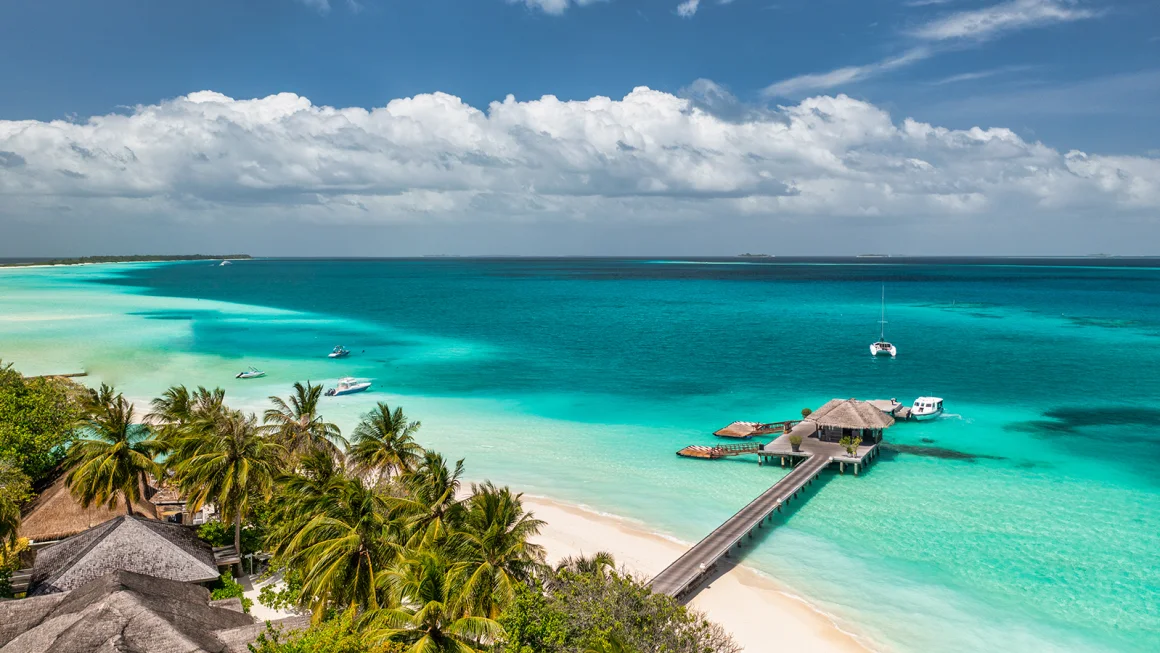The Maldives is a paradise for many, known for its crystal-clear waters, stunning beaches, and luxurious resorts. However, for travelers, a trip to this tropical haven can become quite costly, not just in terms of accommodation and flights, but also due to a new development: the rising cost of departing the Maldives.
Many tourists are familiar with the hefty price tag associated with a stay in the Maldives, which includes airfare, luxurious resorts, and pricey excursions. However, the cost of getting to the islands and traveling between them has recently increased, making the whole experience even more expensive. This is partly due to the remote location of the islands and the heavy reliance on seaplane transfers to access many of the resort islands, which can cost several hundred dollars per person per trip
In addition to the cost of flights and transfers, many resorts offer private villas, overwater bungalows, and exclusive amenities, all of which contribute to the high price of a stay. The Maldives is one of the most expensive travel destinations, especially when it comes to the luxury market.
While budget travelers can find more affordable options, such as guesthouses or local islands, the premium experience can quickly add up, with many resorts charging upwards of $1,500 per night
To further complicate matters, the island nation’s dependence on imports for food, goods, and even water – which is desalinated from the sea – significantly raises living and operational costs. These expenses are passed on to tourists, contributing to the high overall cost of visiting the Maldives
Ultimately, while the Maldives remains an incredible destination for travelers seeking a unique and luxurious getaway, it’s important to factor in not just the cost of getting there, but also the expenses associated with leaving, especially when relying on expensive transport options like seaplanes to reach the airport. For those seeking to manage their budgets, traveling in the low season may help reduce some costs, although this comes with the trade-off of less favorable weather











